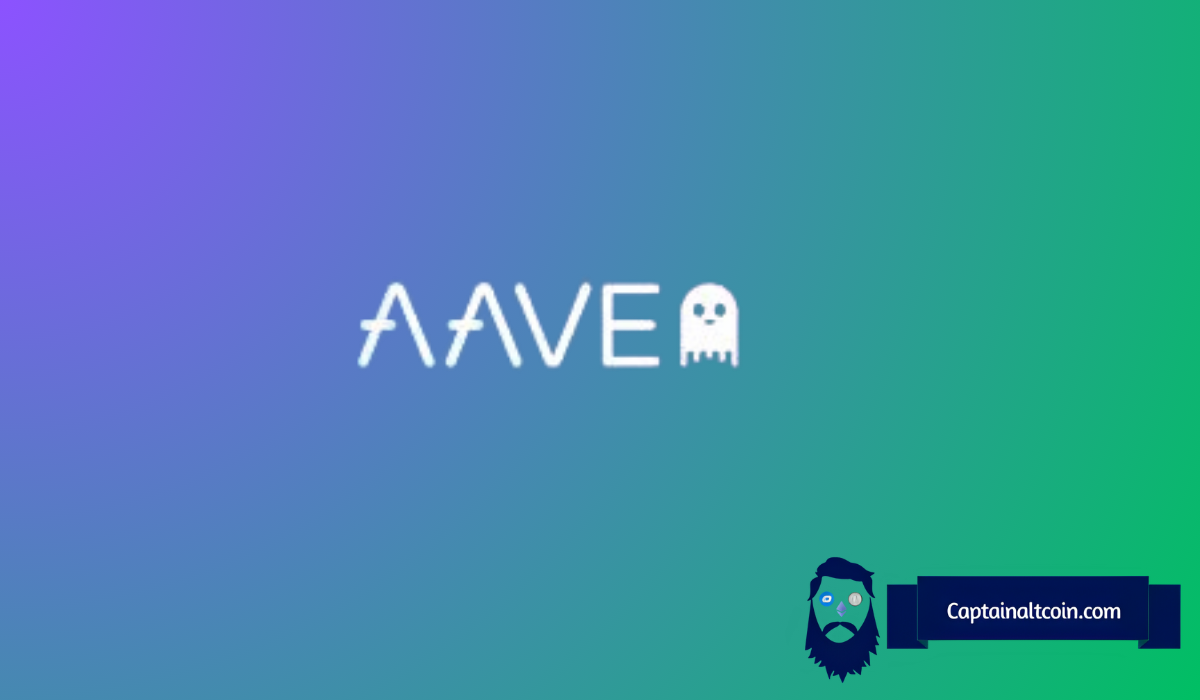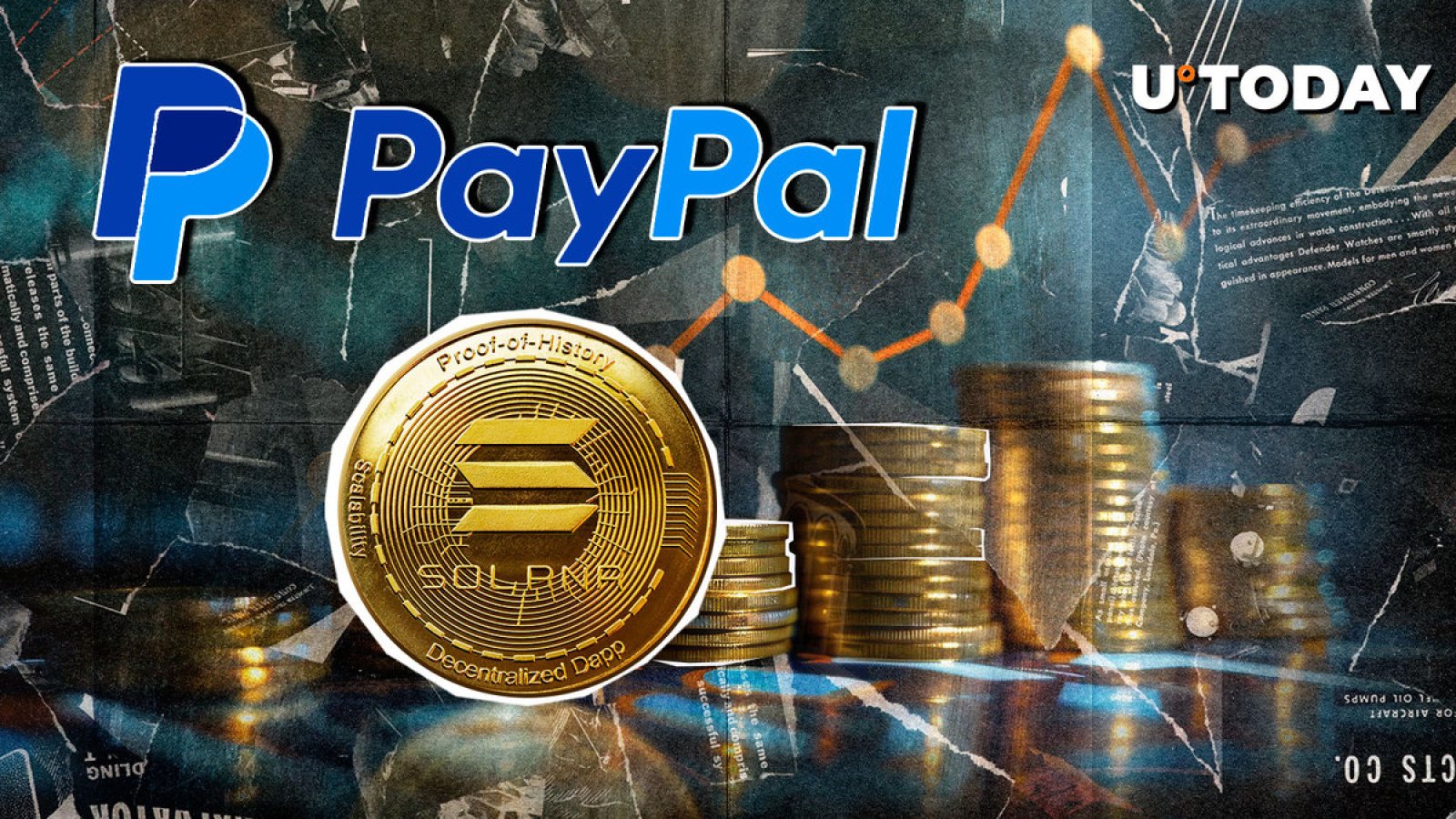
The Financial Stability Board (FSB) has recently released a report evaluating the potential benefits and risks associated with asset tokenization, a process that uses Distributed Ledger Technology (DLT) to create digital representations of various financial and physical assets.
As tokenization gains traction, the FSB highlights both its promise for market efficiency and its potential risks to financial stability if it scales significantly without regulation.
The Growth and Appeal of Tokenization
Tokenization is evolving from concept to implementation, with applications expanding across sectors. According to the FSB, although current adoption remains low, there is growing interest in using tokenization for assets like real estate, equities, and government bonds.
The market value of tokenized money market products, including those holding U.S. Treasuries, doubled from $500 million to over $1 billion between May 2023 and May 2024. Projects are increasingly leveraging DLT for issuing, trading, and managing these assets, often in collaboration with traditional financial institutions.
The FSB report notes that tokenized assets are primarily traded among a limited set of known parties, with most projects still at the proof-of-concept stage. As of May 2023, the total market value of tokenized assets on public, permissionless blockchains was approximately $2.15 billion.
These projects predominantly use permissioned DLT platforms, where access is controlled, or permissionless platforms, which allow unrestricted participation but often face regulatory hurdles.
Efficiency and Accessibility as Benefits
The FSB highlights several ways tokenization could improve market efficiency and broaden financial inclusion. Key benefits include:
- Enhanced Efficiency and Cost Savings: By automating processes through programmable smart contracts, tokenization could streamline post-trade functions, reducing settlement time and associated risks. For example, atomic settlement—a process where two obligations settle only if both parties meet their conditions—could reduce counterparty risk, although it may increase liquidity demands.
- Greater Accessibility through Fractional Ownership: Tokenization facilitates fractional ownership, enabling investors to hold smaller portions of assets that were previously inaccessible. This could democratize access to assets like real estate or high-value securities.
- Transparency and Security: With records maintained on a tamper-resistant ledger, tokenization promises auditable, real-time transaction tracking. This transparency could reduce reliance on intermediaries, further cutting costs and enhancing investor confidence.
Key Risks: Liquidity, Leverage, and Operational Challenges
While tokenization is not yet a systemic concern, the FSB identifies potential vulnerabilities. These include:
- Liquidity and Maturity Mismatch
Tokenized assets can introduce liquidity mismatches, particularly during financial stress. For instance, tokens may provide the impression of liquidity, enabling near-instant trading, even when the underlying asset is relatively illiquid. Such disparities could lead to redemption pressures that destabilize markets. The report also notes the potential for “run risk,” where investors rush to redeem tokenized assets, triggering fire sales of the underlying assets, especially in markets that do not operate 24/7 like tokenized markets do. - Leverage through Rehypothecation
The composability of DLT allows tokens to be used as collateral, potentially increasing leverage in the financial system. For instance, a token representing an asset can be re-pledged as collateral for additional loans, compounding exposure. The FSB warns that, without regulatory limits, this practice could escalate, replicating leverage-related risks observed in traditional finance, as seen during the 2008 financial crisis. - Asset Valuation and Transparency
Tokenized assets introduce complexity that can obscure accurate valuations. For example, oracles—third-party services providing external data for smart contracts—are susceptible to manipulation or errors, which could misrepresent asset prices. Such vulnerabilities increase the risk of mispricing and unexpected losses. Additionally, asset pricing may vary significantly across DLT platforms, given varying levels of regulation and technology standards, complicating asset redemption. - Interconnectedness and Concentration Risks
Tokenization can create new interdependencies across financial institutions and markets. A collapse of a significant tokenization platform could have cascading effects if many institutions rely on its infrastructure for token issuance and trading. Concentration risk is also a concern, particularly in cases where a few entities dominate the operation of DLT systems. The FSB cautions that failure in a concentrated segment of the tokenized asset market could trigger widespread instability, particularly if unregulated entities manage critical functions.
Regulatory Considerations
The FSB recommends coordinated international regulatory efforts to address tokenization’s potential risks. Regulatory authorities are advised to focus on data collection, enhance cross-border oversight, and encourage reporting transparency to monitor tokenization’s growth. The FSB also suggests that clearer legal frameworks could help to mitigate risks, particularly in areas such as token redemptions, ownership rights, and governance of DLT platforms.
Controlled Growth and Monitoring
While tokenization offers promising advancements for efficiency and inclusivity, its expansion must be carefully managed to avoid unintended consequences. The FSB’s report highlights that tokenization, if scaled without adequate regulation and oversight, could replicate or even amplify vulnerabilities seen in traditional finance. The FSB advises that regulatory authorities closely monitor the scaling and application of tokenized assets to protect financial stability.
With financial industry continuing to experiment with tokenization, the FSB’s findings serve as a critical reminder of the importance of measured, regulated growth. By addressing emerging risks, tokenization can integrate smoothly into the existing financial system, harnessing its potential benefits without compromising stability.










